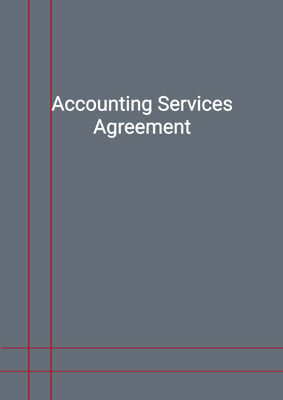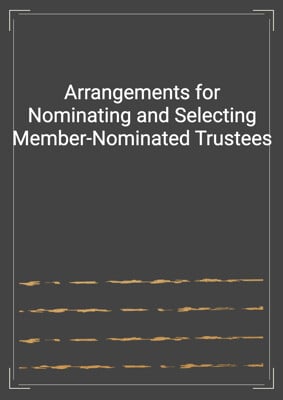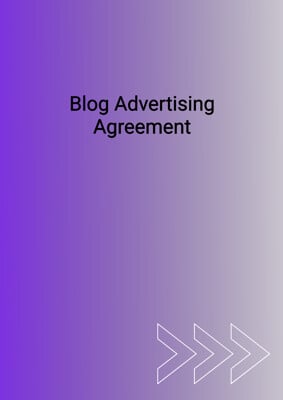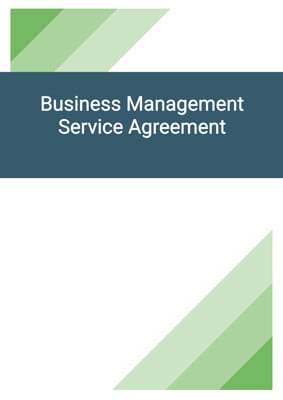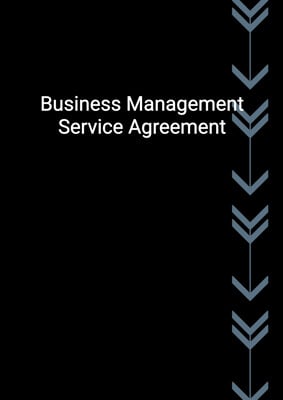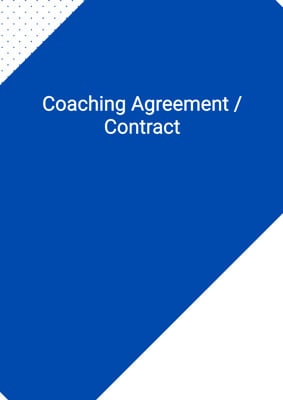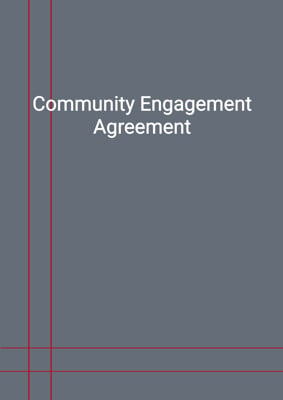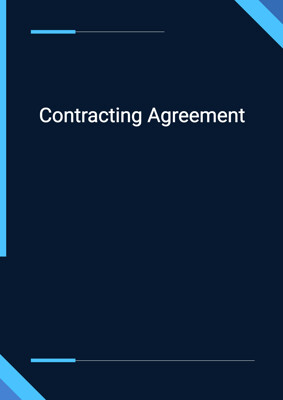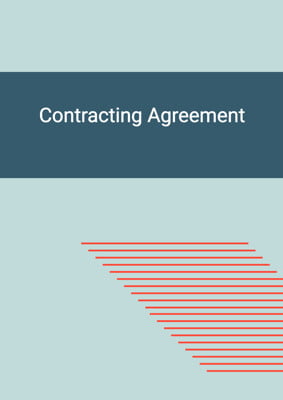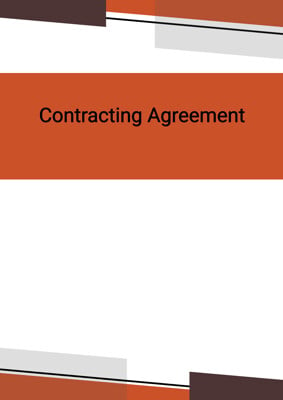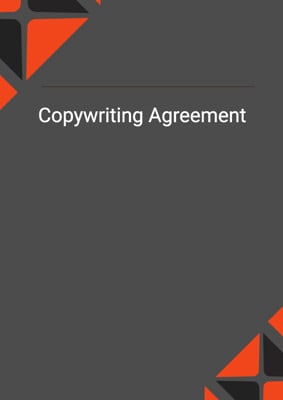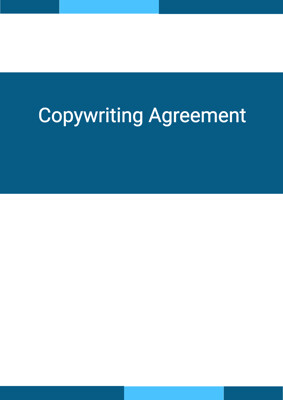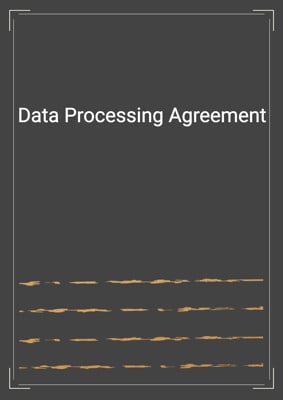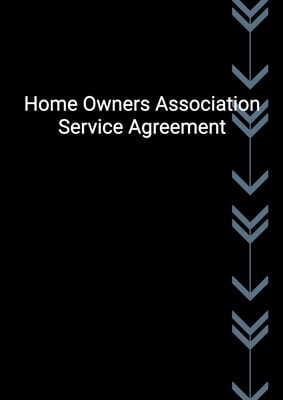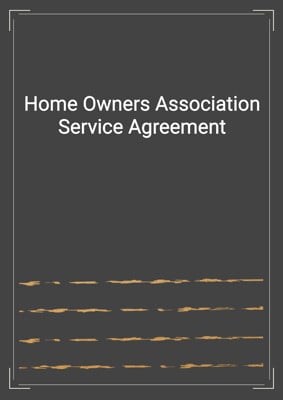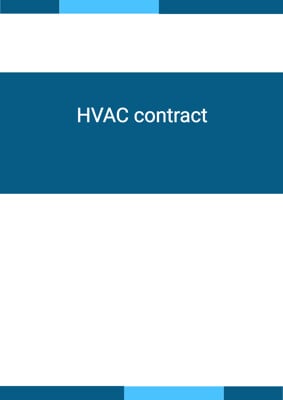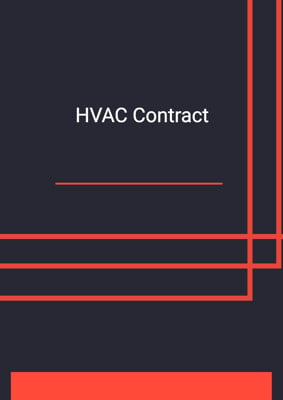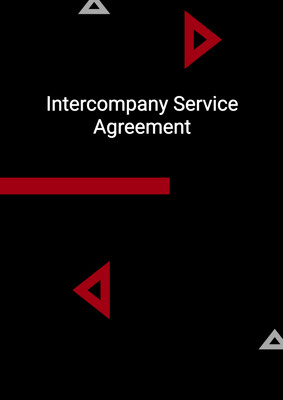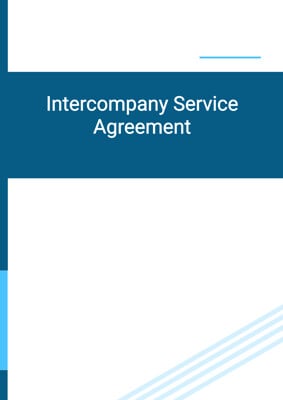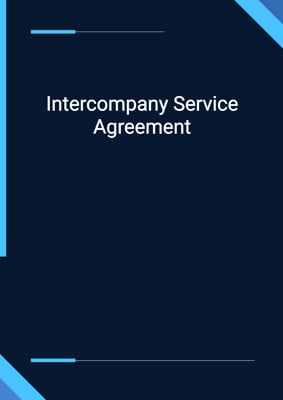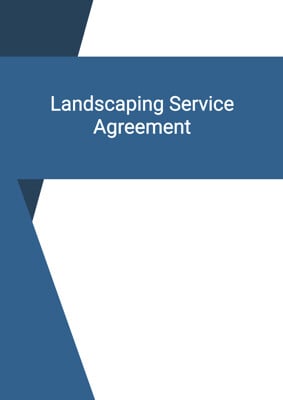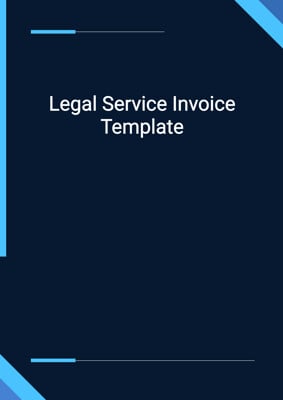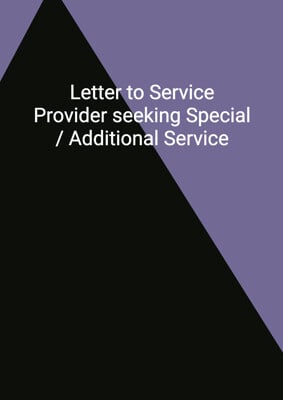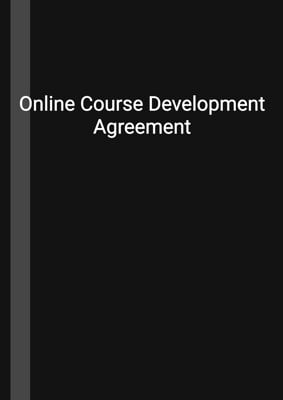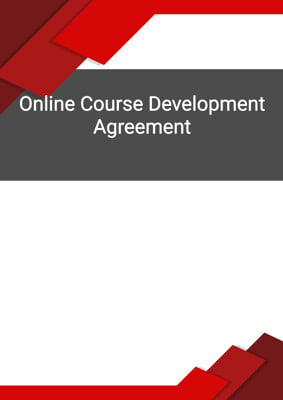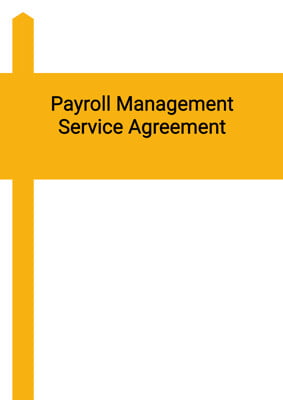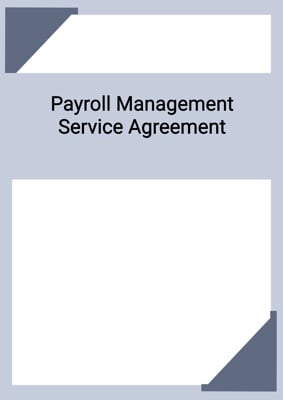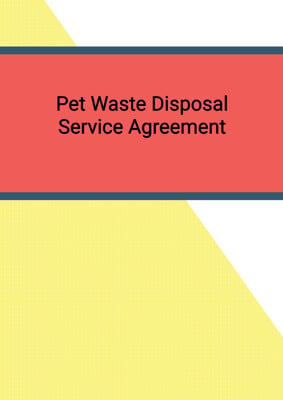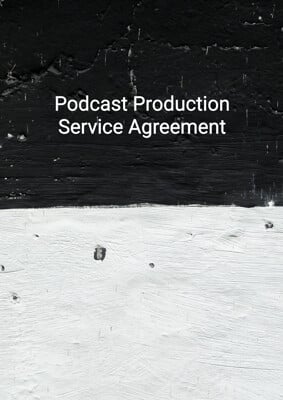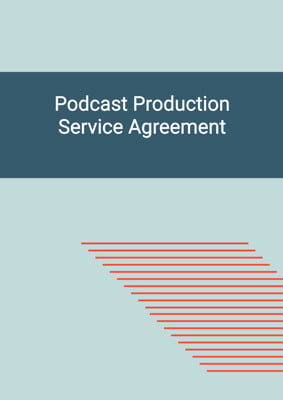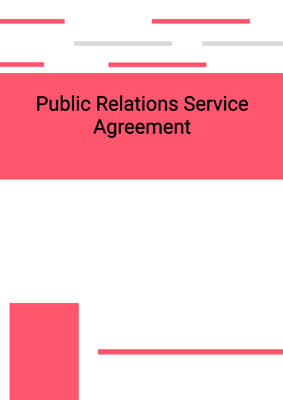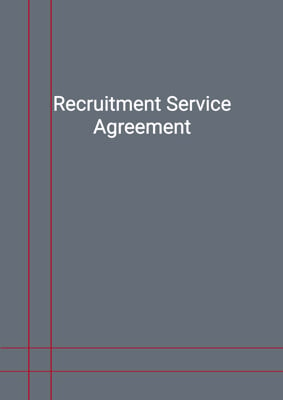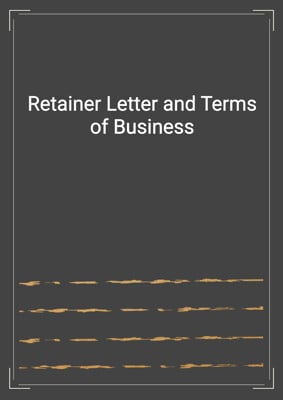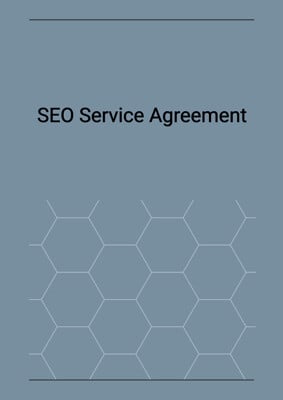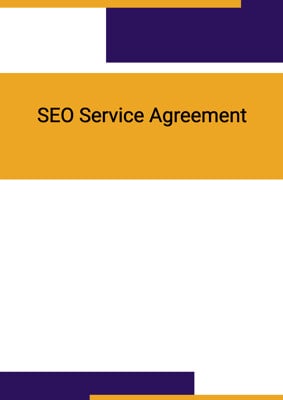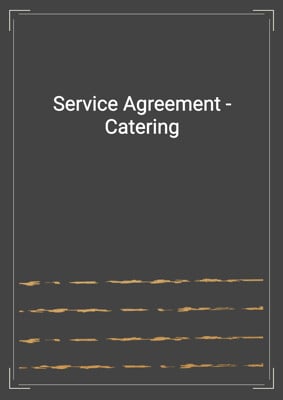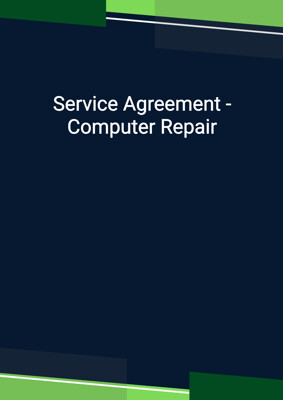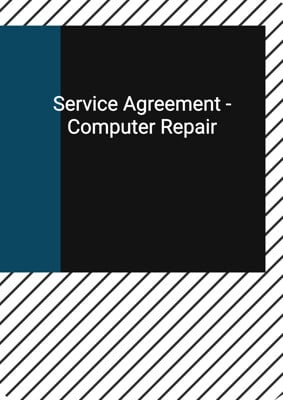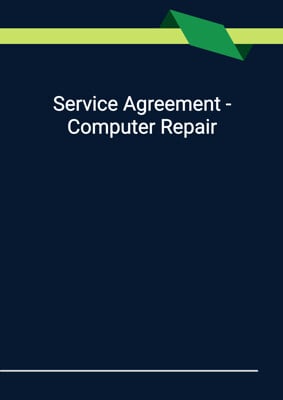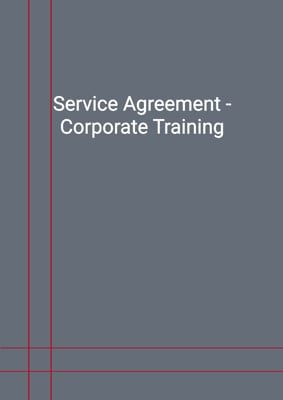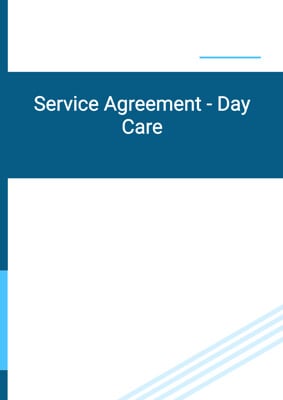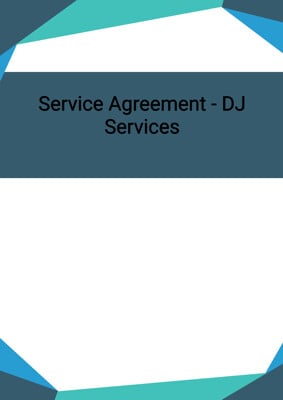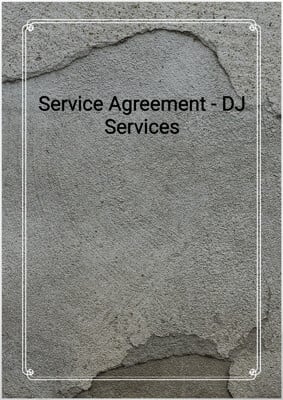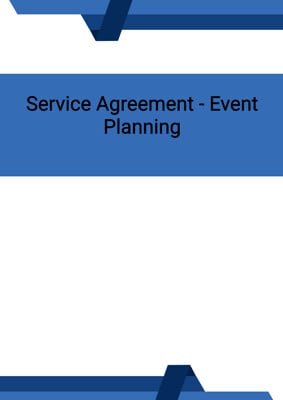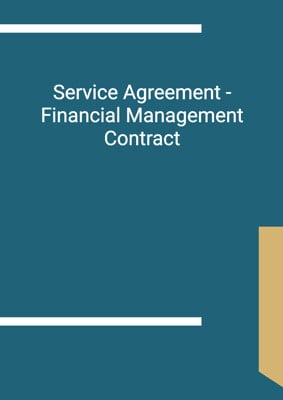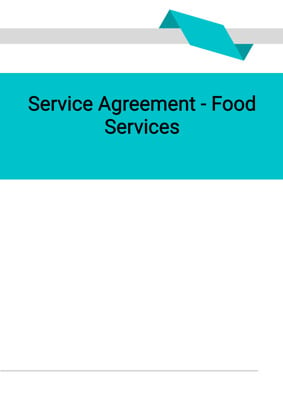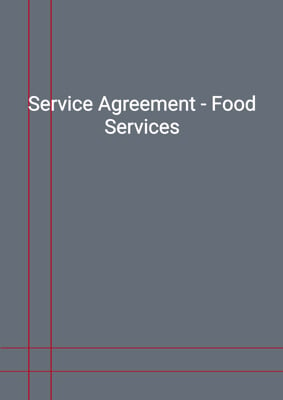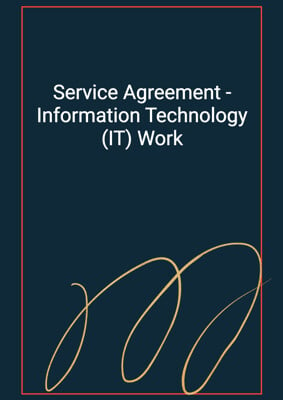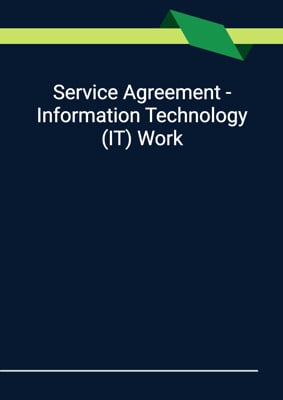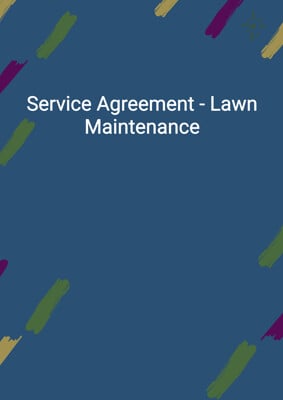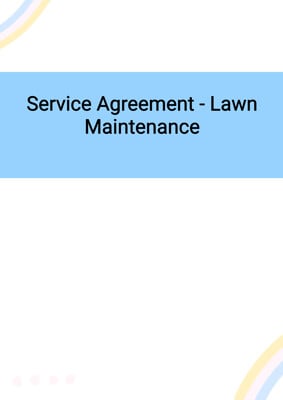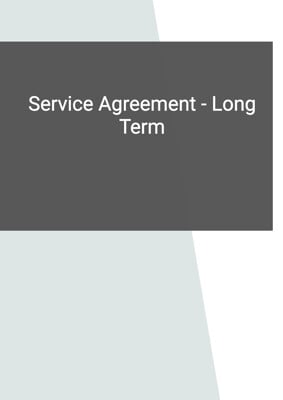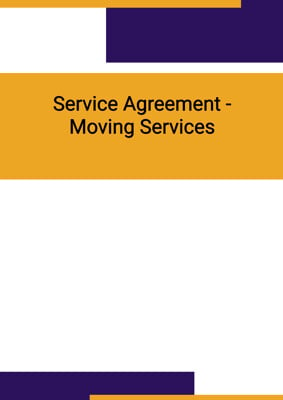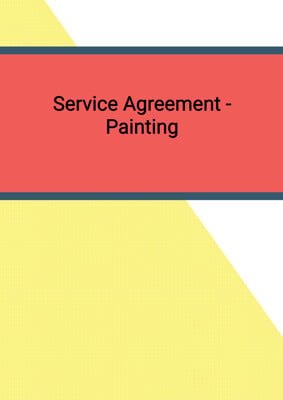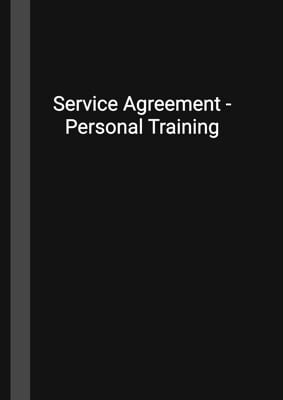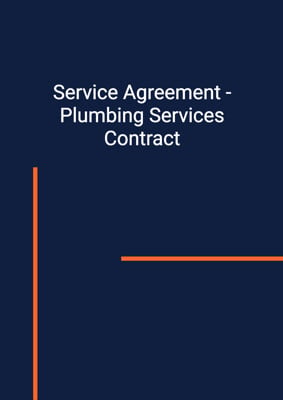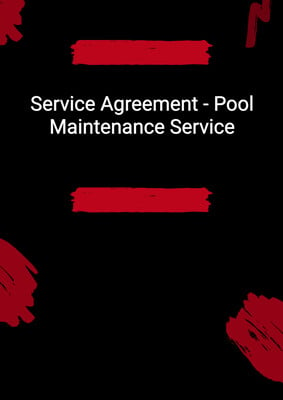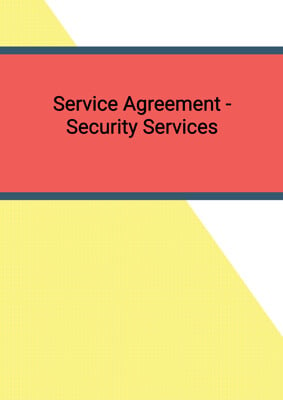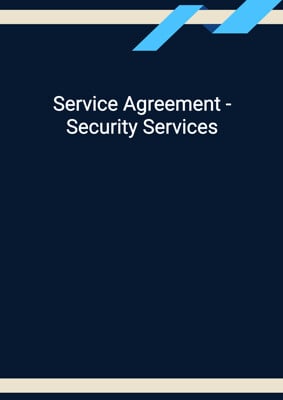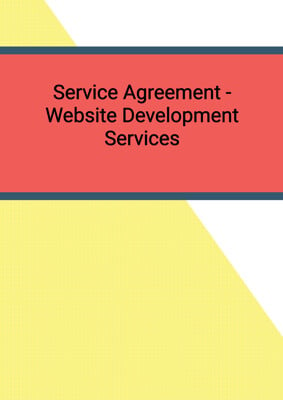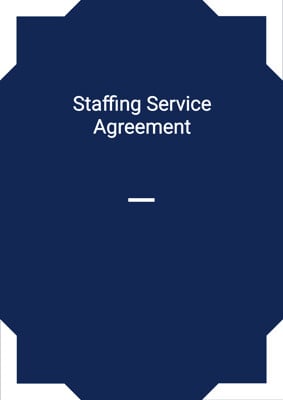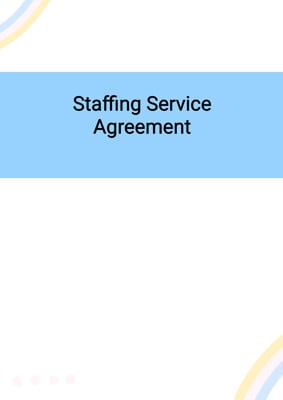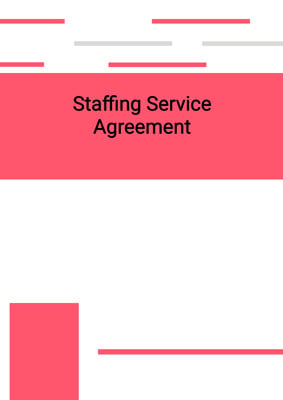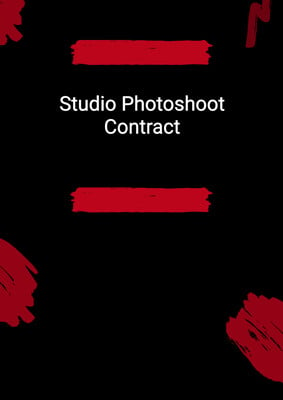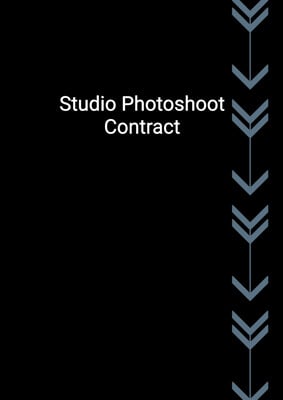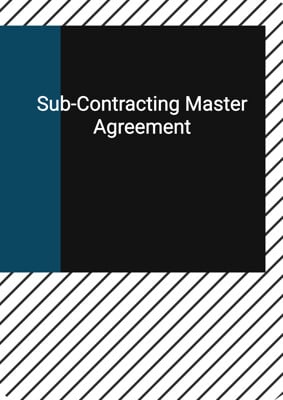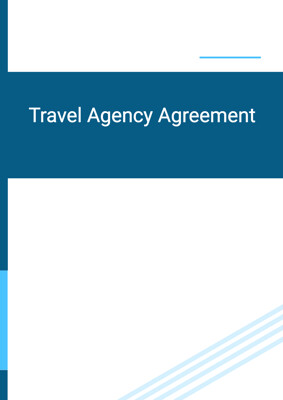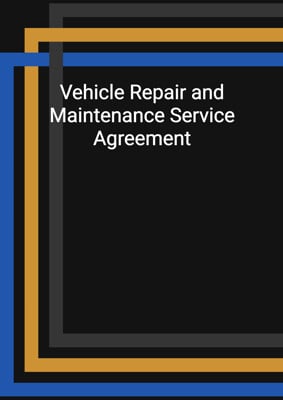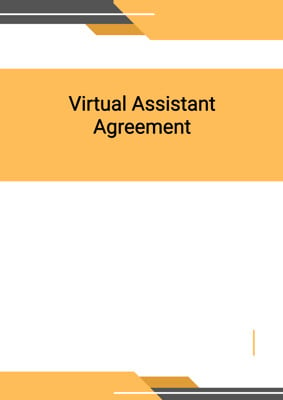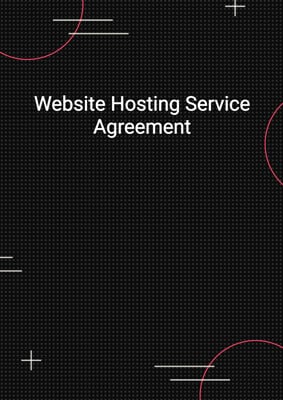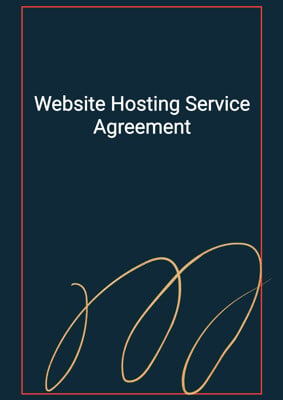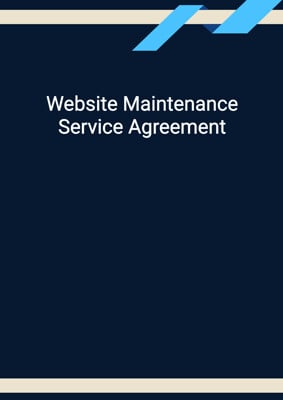How to Tailor the Document for Your Need?
01
Create Document
Fill in the details of the parties. You can click the "Fill with Member’s Information" button to complete it with information saved to your account.
02
Fill Information
Please fill in any additional information by following the step-by-step guide on the left hand side of the preview document and click the "Next" button.
03
Get Document
When you are done, click the "Get Document" button and you can download the document in Word or PDF format.
04
Review Document
Please get all parties to review the document carefully and make any final modifications to ensure that the details are correct before signing the document.
Document Preview
Document Description
The Website Maintenance Service Agreement is a document that outlines the terms and conditions between the company providing website maintenance services and the client who hires them. The agreement highlights the importance of the document by ensuring that both parties are clearly identified and aware of their obligations.
The entire document is divided into several sections, each addressing specific aspects of the agreement. The first section, titled 'Interpretation,' provides definitions for key terms used throughout the agreement. This ensures that both parties have a clear understanding of the terminology used.
The second section, 'Company's Obligations,' outlines the responsibilities of the company in providing the website maintenance services. It emphasizes the company's commitment to delivering the services in a professional and diligent manner, adhering to industry standards and regulations.
The third section, 'Client's Obligations,' specifies the client's responsibilities in providing the necessary access and cooperation to the company. This ensures that the company can effectively perform the services.
The fourth section, 'Completion of the Work,' emphasizes the importance of timely completion of the services. It provides provisions for extensions of the completion date and specifies the consequences of non-completion.
The fifth section, 'Service Fees,' outlines the payment terms and schedule for the services. It includes provisions for invoicing, payment due dates, and reimbursement of expenses incurred by the company.
The sixth section, 'Warranties, Liabilities, and Indemnities,' addresses the company's obligations to promptly notify the client of any delays, problems, or complaints related to the services. It also outlines the company's liability and indemnification in case of personal injury or damage arising from the services.
The seventh section, 'Ownership of Materials,' clarifies that the website remains the property of the client. It also specifies that any intellectual property developed during the agreement becomes the client's property.
The eighth section, 'Confidential Information,' highlights the company's obligation to maintain the confidentiality of the client's information and return it upon termination of the agreement.
The ninth section, 'Announcements/Publicity,' requires the parties to obtain written approval before making any announcements or disclosures related to the agreement.
The tenth section, 'Amendment,' states that any changes to the agreement must be in writing and signed by both parties.
The eleventh section, 'Assignment,' prohibits the company from assigning the agreement or subcontracting without the client's consent.
The twelfth section, 'Severability,' ensures that if any provision of the agreement is deemed illegal or unenforceable, it will not affect the validity of the remaining provisions.
The thirteenth section, 'Further Assurance,' requires the parties to perform any additional acts or execute documents necessary to implement the agreement.
The fourteenth section, 'Warranty of Capacity and Power,' includes representations and warranties from each party regarding their authority and capacity to enter into the agreement.
The fifteenth section, 'Force Majeure,' states that neither party will be liable for any failure or delay in performing their obligations due to causes beyond their control.
The sixteenth section, 'No Rights under Contracts for Third Parties,' clarifies that only the parties to the agreement have the right to enforce its terms.
The seventeenth section, 'Arbitration and Proper Law,' encourages the parties to resolve any disputes amicably and in good faith.
The eighteenth section, 'Notices and Service,' specifies the methods and timing of delivering notices between the parties.
The nineteenth section, 'Counterparts,' allows the agreement to be executed in multiple counterparts, with each counterpart considered an original document.
Overall, the Website Maintenance Service Agreement is a comprehensive document that covers all aspects of the relationship between the company and the client, ensuring clarity and protection for both parties.
How to use this document?
1. Provide information: Enter the Contractor's and Customer's information in the agreement, including their principal place of business. This ensures that both parties are clearly identified.
2. Specify services and completion date: Clearly describe the type(s) of services to be provided by the Contractor and agree on a completion date. This ensures that both parties are aware of the scope of work and the expected timeline.
3. Agree on service fees: Determine the service fee payable by the client for the services rendered. Specify the payment schedule and any additional expenses that may be incurred. This ensures transparency and clarity regarding the financial aspects of the agreement.
4. Address warranties and liabilities: Outline the company's obligations to promptly notify the client of any issues or delays in providing the services. Specify the company's liability and indemnification in case of personal injury or damage arising from the services. This protects the client's interests and ensures accountability.
5. Clarify ownership of materials: Establish that the website remains the property of the client and that any intellectual property developed during the agreement belongs to the client. This protects the client's rights and prevents unauthorized use of their materials.
6. Maintain confidentiality: Ensure that the company maintains the confidentiality of the client's information and returns it upon termination of the agreement. This protects the client's sensitive data and trade secrets.
7. Follow proper procedures for termination: Specify the conditions under which either party can terminate the agreement and the consequences of termination. This ensures that both parties understand their rights and obligations in case of termination.
8. Seek legal advice if necessary: If there are any uncertainties or complexities in the agreement, it is advisable to consult with a legal professional to ensure compliance with applicable laws and regulations.
9. Keep records and documentation: Maintain accurate records of the services performed, expenses incurred, and any disputes or changes to the agreement. This helps in resolving any future disputes and ensures transparency and accountability.
10. Review and update the agreement: Regularly review the agreement to ensure it remains relevant and up-to-date. Make any necessary amendments or additions to reflect changes in the business or legal landscape. This helps in maintaining a mutually beneficial and sustainable relationship between the company and the client.
Not the right document?
Don’t worry, we have thousands of documents for you to choose from:

